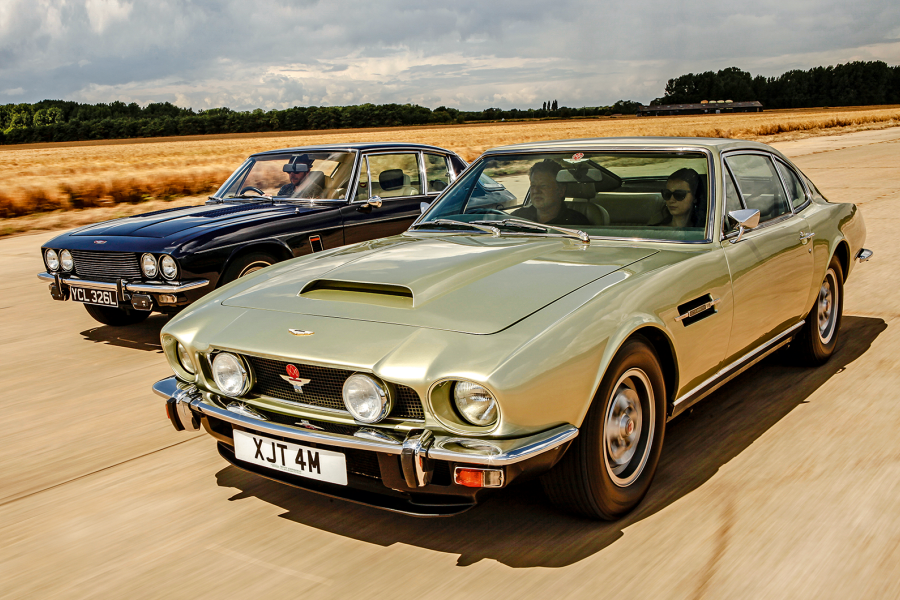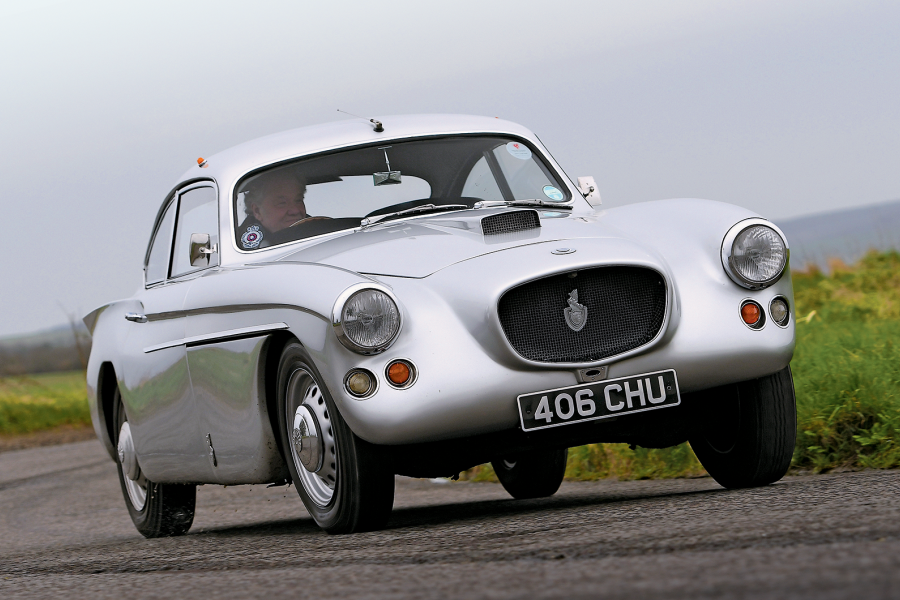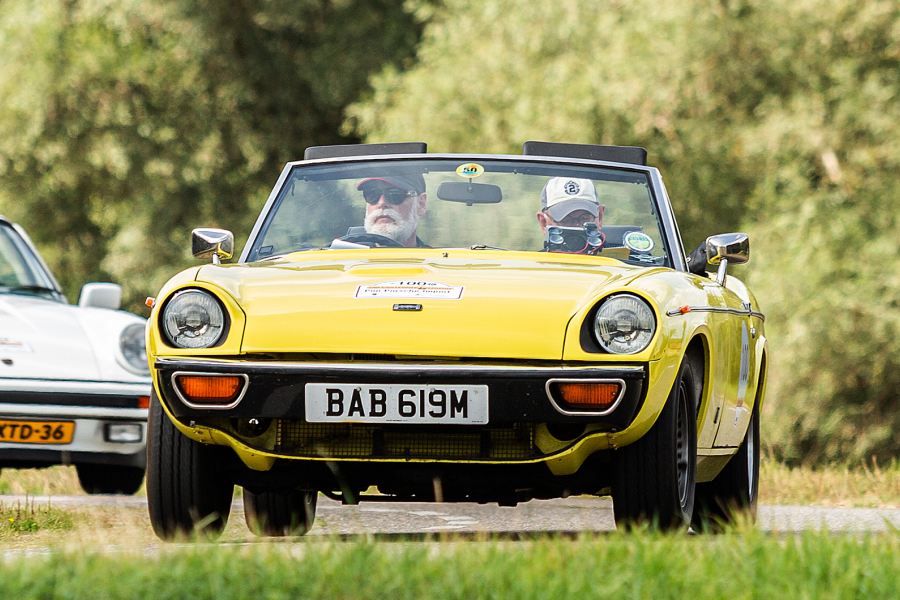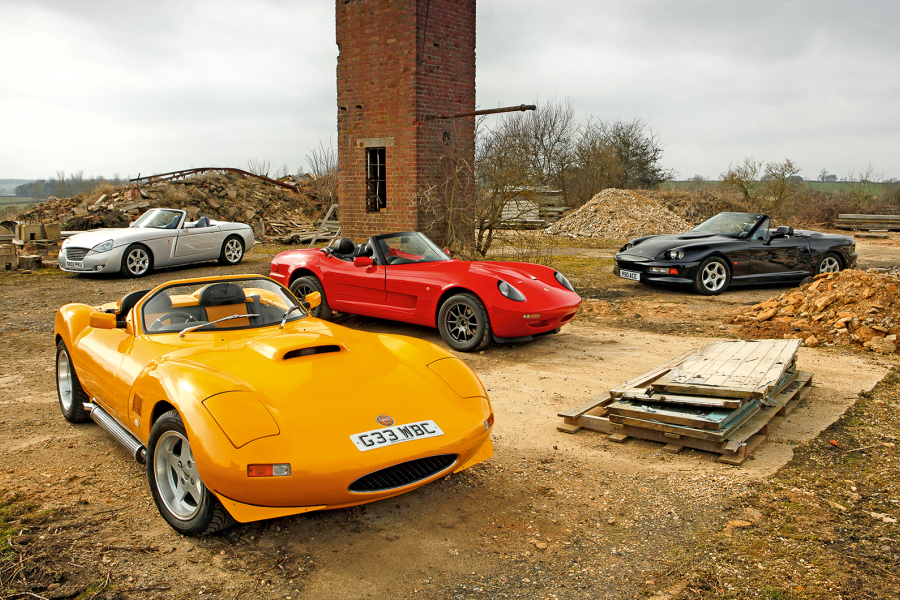
The 1950s may have presented a cultural earthquake, with the youth stepping out of the shadows of their parents and turning the world into colour, but the aftershocks continued right through the ’60s as that generation grew up.
Or more to the point, didn’t – and neither did those who were a few years too old to properly go off the rails in the 1950s.
Adults woke up with a start from the traditional sleepwalk towards middle-age and, as family circumstances forced the sidescreen TRs and Austin-Healeys to be cast aside, those of a wealthier disposition found themselves not quite ready to settle into the Oxbridges that their parents might consider a “prudent” choice.

The two-door Bristol 410 is surprisingly zippy
GTs were all the rage but many of them – especially those ‘flash Harry’ Italian jobs – were rather unbecoming for those of a certain status.
Hence two British manufacturers that themselves enjoyed a certain status in the motoring firmament set about providing the new captains of industry with something exciting, but also satisfying their more mundane demands via proper back seats and capacious boots.





















